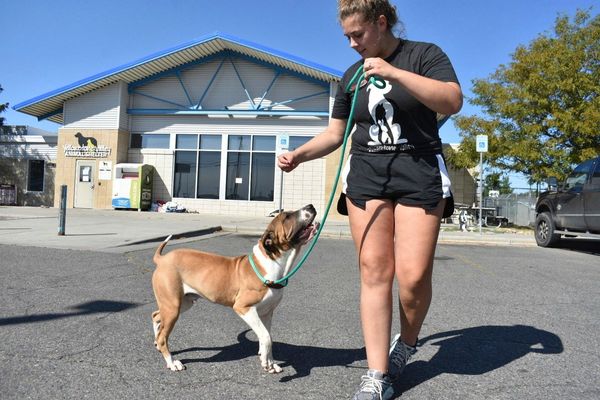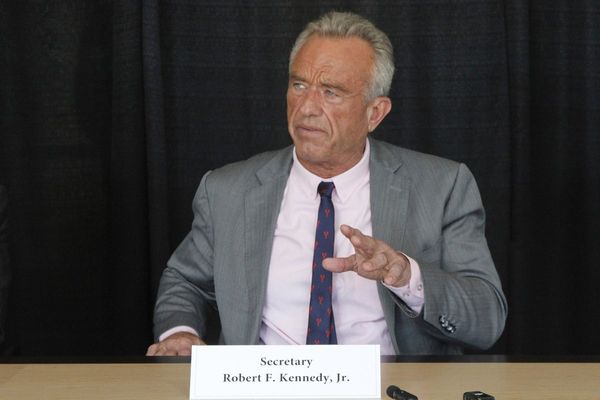
Since 1978, when affirmative action in college admissions was first upheld by the US supreme court, civil rights leaders have fended off various challenges to dismantle the policy. Last week, those challenges finally prevailed, as the court struck down race-conscious admissions, ruling them unconstitutional. Breaking away from decades of precedent, the chief justice, John Roberts, wrote in his opinion that universities had “concluded, wrongly, that the touchstone of an individual’s identity is not challenges bested, skills built, or lessons learned but the color of their skin. Our constitutional history does not tolerate that choice.”
I spoke to several civil rights advocates who are now hoping to curtail the fallout from the supreme court’s decision. Some noted what they saw as a loophole: the court did not explicitly rule out consideration of a student’s race in all situations. Roberts’s statement continued: “Nothing in this opinion should be construed as prohibiting universities from considering an applicant’s discussion of how race affected his or her life, be it through discrimination, inspiration or otherwise.”
ReNika Moore, the director of the racial justice program at the American Civil Liberties Union, told me that Roberts’s distinction leaves the door open for some interpretation. For instance, universities could acknowledge prospective students’ background on a case-by-case basis, such as when the applicant brings it up in an essay. “I don’t think that the majority has provided a clear roadmap of ‘OK, you can consider race, and this is how,’” Moore said. “I suspect that there will be additional litigation to make sense of what that fine line looks like, and what colleges and universities can do to consider an applicant’s story and discussion of race.”
Moore also said that the ACLU would hold universities accountable for restrictive policies that act as barriers for applicants of color. It will advocate for schools to “halt using metrics that don’t predict success”, such as standardized testing, as well as legacy and athletic admissions and other factors that disproportionately benefit white students (43% of white students admitted to Harvard between 2009 and 2014 were legacy students, children of faculty or staff, children or relatives of donors, or recruited athletes; by comparison, Black, Latino and Asian student groups each accounted for less than 16% of admitted students characterized similarly during the same period). A trio of advocacy groups representing students of color has already taken on legacy admissions: Lawyers for Civil Rights sued Harvard University, alleging that the school’s legacy admissions practices were “exclusionary and discriminatory” toward applicants of color and gave white students an “unfair and unearned benefit that is conferred solely based on the family that the applicant is born into”.
Additionally, the ACLU, along with others, plans to lobby for the expansion of access to need-based financial aid, and the revision of college course requirements so that students who lacked access to certain courses in high school can still pursue majors in those fields. When I talked to Michaele Turnage Young, the senior counsel at the NAACP Legal Defense Fund, she explained that the inequities that race-conscious admissions programs sought to rectify actually manifest long before students of color step on college campuses. They arise in racially segregated neighborhoods, they stem from AP courses which students of color tend to have less access to, and they’re solidified by a lack of qualified teachers, college prep instructors and counselors. Therefore, she said, colleges and universities should be pushed to take those factors into account. “All of these things are disadvantaging applicants of color,” Turnage Young said. “Talent is everywhere, but opportunity is not.”
Education advocates are still combing through the supreme court’s 237-page opinion in search of outlets for action. Whether their proposed tactics and strategies result in change remain to be seen. But their approach – lobby and litigation – has longstanding precedent.
In 1999, less than a year after California’s ban on affirmative action went into effect, the ACLU represented a group of Black, Latino and Filipino American students in a lawsuit against the University of California system. The group argued that UC’s admissions processes violated federal civil rights law by failing to account for the “full range of indicators of ‘merit’”. The case settled soon thereafter: by 2002, UC campus admissions programs adopted the “holistic review”, which evaluates candidates based on the opportunities available to them. The system is still in place in California today.
“I imagine that there will be more days in court with this ruling, not less,” Moore said. In that sense, civil rights leaders today refuse to see this moment – in which a conservative supermajority on the supreme court outlawed affirmative action – as settled. They still see opportunities for change, just as their predecessors did decades before them.







